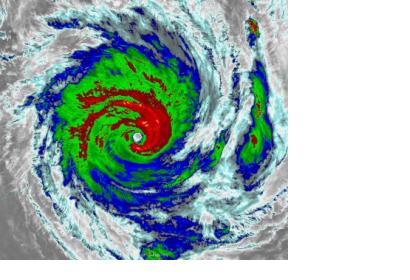In a recent article in Nature, Peter J. Webster, professor of Earth and Atmospheric Sciences at the Georgia Institute of Technology, underlines the importance of regional weather forecasts to avoid losses of live and property.
Hurricane Sandy was not as fatal as it could have been, thanks to accurate and long-range meteorological data and satellite imagery. However, the state of affairs is different in many developing countries. "Although only 5% of tropical cyclones occur in the north Indian Ocean, they account for 95% of such casualties worldwide", states Webster.
While developing countries are theoretically able to access data from global weather-forecast models, they face several obstacles: poor internet connections, low budgets and insufficient capacities to extract regional forecasts from them. The author states that global partnerships could serve as a bridge between the providers of such information and the user community.
In this field there has been significant progress, for example in Bangladesh. Forecasts, produced in Europe and processed in the United States are integrated into the regional disaster-management protocol by local experts. Thanks to the implementation of a hazard-forecasting system as well as effective planning and training, people can be evacuated in due time. Moreover, farmers are now able to take the necessary precautions to save their crops and livestock. Based on a World Bank report, Webster estimates that every dollar invested in this system enabled saving as much as $40.

